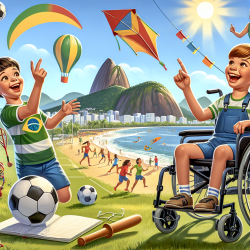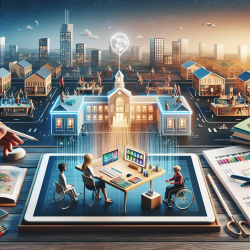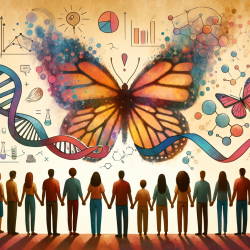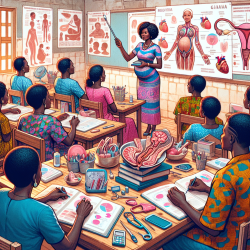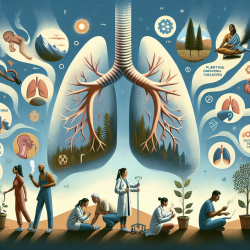In the realm of speech-language pathology, understanding and enhancing participation in leisure activities for children with disabilities is paramount. A recent study titled "Participation in Leisure Activities from the Perception of Children with Disabilities and Their Families in Brazil" offers critical insights that can guide practitioners in improving outcomes for these children.
This qualitative study, published in the Journal of Rehabilitation Medicine, involved 14 focus groups with a total of 80 participants, including 40 children with disabilities and 40 family members. The discussions revealed significant barriers and facilitators to participation in leisure activities, categorized using the International Classification of Functioning, Disability, and Health (ICF) framework.
Key Findings
Barriers to Participation
- Environmental Factors: Both children and parents identified environmental factors as the most significant barriers. These included:
- Negative attitudes from acquaintances, friends, and strangers.
- Lack of access to products and technology for personal mobility.
- Overprotection from immediate family members.
- Body Function and Structure: Issues such as musculoskeletal functions, lack of voluntary control, and structural impairments were also noted but were less frequently cited than environmental factors.
Facilitators to Participation
- Support from Immediate Family: The attitudes and support of immediate family members were crucial facilitators. Parents who encouraged and assisted their children in leisure activities played a significant role in enhancing participation.
- Technological and Architectural Adaptations: Adaptations in technology and architecture, such as ramps and mobility aids, were also important facilitators.
Implications for Practitioners
Based on these findings, practitioners can implement several strategies to improve participation in leisure activities for children with disabilities:
- Encourage Family Involvement: Educate and support families to become active facilitators of their children's participation in leisure activities.
- Advocate for Environmental Changes: Work with communities and policymakers to improve accessibility and reduce environmental barriers.
- Utilize Technology: Promote the use of assistive technologies and architectural adaptations to enhance mobility and participation.
Understanding the barriers and facilitators from both the children's and families' perspectives provides a comprehensive view that can inform more effective interventions. Encouraging further research in different contexts and involving a broader range of participants can help to generalize these findings and develop tailored strategies for diverse populations.
To read the original research paper, please follow this link: PARTICIPATION IN LEISURE ACTIVITIES FROM THE PERCEPTION OF CHILDREN WITH DISABILITIES AND THEIR FAMILIES IN BRAZIL.
